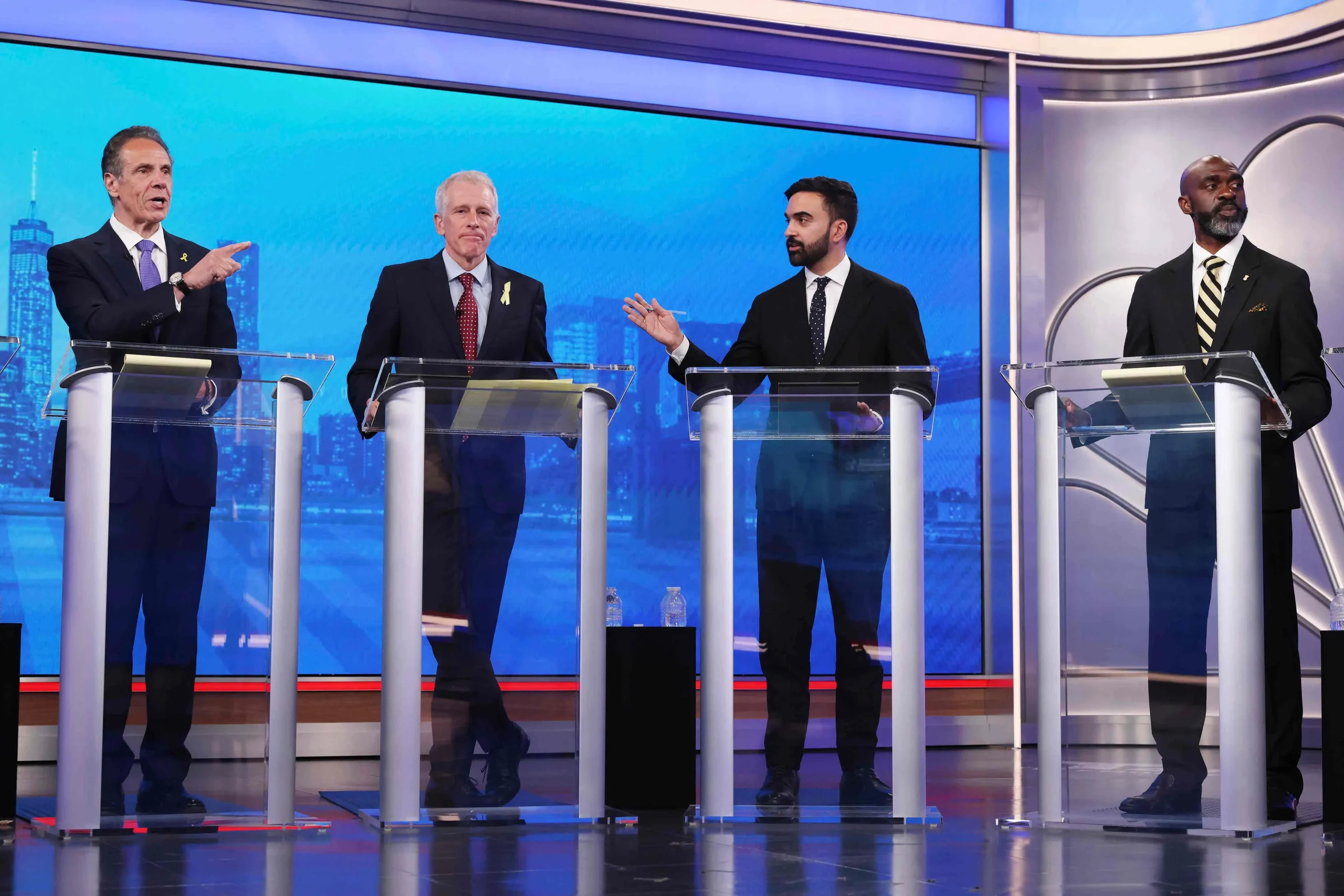New York’s Mayoral Race Heats Up: Housing, Transit, and Tech at the Center
The 2025 New York City mayoral race is emerging as one of the most consequential contests in decades. Against a backdrop of economic transition, housing shortages, and a rapidly evolving tech sector, candidates are framing their visions around the future of urban life itself. From Manhattan’s luxury towers to Brooklyn’s growing innovation corridors, voters are weighing competing ideas on affordability, mobility, and modernization. As the city redefines its post-pandemic identity, the next mayor will inherit a metropolis that must balance growth with equity and ambition with accountability.
Housing: The Defining Battle for Affordability
No issue looms larger in this race than housing. The city’s affordability crisis has reached historic proportions, with median rents continuing to rise despite record construction. Candidates are proposing divergent paths to relief.
Progressive voices emphasize expanding rent stabilization, strengthening tenant protections, and increasing public housing investment. They argue that the market alone cannot correct decades of inequality and displacement. Their plans include converting underutilized office buildings into mixed-income housing and imposing stronger inclusionary zoning mandates on developers.
More centrist and pro-business contenders are pushing for zoning reform, tax incentives for developers, and streamlined approval processes to accelerate new construction. They argue that the city’s bureaucracy has stifled supply and that private capital guided by smart regulation must remain central to any sustainable housing strategy.
Underlying the debate is a broader question: can New York remain both aspirational and accessible? With young professionals and working families being priced out, the next administration’s housing policies will determine not only where people live but who gets to stay in the city at all.
Transit: Reimagining the City’s Lifeline
Transportation has returned to the political spotlight as the city confronts aging infrastructure and a growing push for greener mobility. Subway ridership has rebounded, but reliability and accessibility remain chronic concerns. Several candidates are championing large-scale investments in signal modernization, station upgrades, and safety enforcement.
There is also renewed focus on street-level mobility. Proposals include expanding bike lanes, enhancing pedestrian infrastructure, and revisiting congestion pricing to fund transit improvements. Some contenders are calling for deeper coordination with state agencies to streamline capital projects, while others advocate for municipal control of the subway system to ensure accountability.
Equity remains a central theme. In outer-borough neighborhoods, where commutes are longest and bus service remains unreliable, transit access is a defining economic issue. The next mayor will be expected to balance environmental goals with practical improvements that make daily life easier for New Yorkers across income brackets.
Tech and the Future Economy
Technology has become the race’s third major pillar. New York’s growing tech sector — spanning fintech, media, healthtech, and AI is driving job creation and investment. Candidates are seizing on this momentum, framing innovation as the key to maintaining the city’s global competitiveness.
The challenge lies in ensuring that this growth is inclusive. Some candidates propose expanding public-private partnerships to connect local talent to high-paying tech jobs, particularly in communities historically excluded from the digital economy. Others are emphasizing digital infrastructure from broadband access to AI ethics frameworks to position New York as a global model for responsible innovation.
At the same time, automation and the rise of AI-driven industries are sparking debates about workforce displacement. The next mayor will need to balance innovation with retraining programs, ensuring that technological progress strengthens rather than fragments the city’s labor force.
Conclusion
The 2025 mayoral race is less about ideology and more about identity what kind of city New York aspires to be in the next decade. Housing defines its livability, transit defines its mobility, and technology defines its future. Each candidate offers a different blueprint, but all share the same underlying challenge: reconciling ambition with equity in a city that thrives on both.For voters, the stakes could not be higher. The outcome will shape how New York grows, moves, and competes in a world where urban innovation is as critical as fiscal stability. As campaign season intensifies, one thing is clear the city that never sleeps is once again deciding what kind of dream it wants to build.




